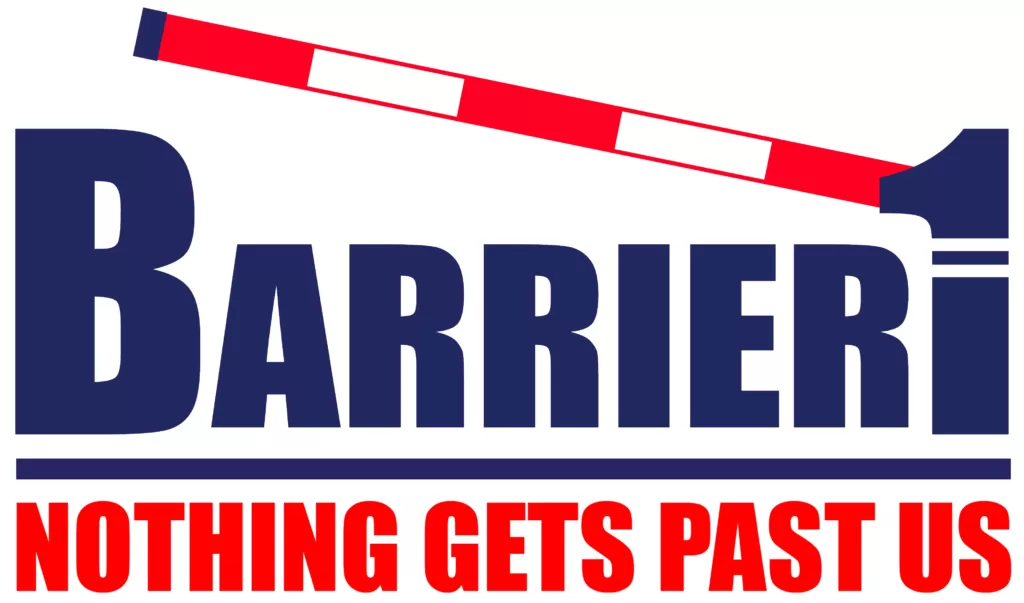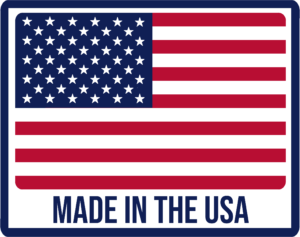How Installing Crash-Rated Bollards Can Potentially Save $91 Million: Protecting Convenience Stores from Costly Accidents
Yes. You read that correctly. A row of crash-rated, metal cylinders filled with concrete that have been crash-tested according to ASTM standards, known as crash-rated bollards, can save millions of dollars, and if you’re the owner of a popular chain of convenience stores, you have a painful understanding of this statement.
What is a Bollard?
Let’s start with the basics. Bollards are sturdy, vertical posts made of robust steel and concrete. Their primary purpose is to divert traffic and act as a protective barrier against vehicle intrusion. You commonly see them safeguarding store entrances, restaurant doorways, and critical infrastructure, as well as providing security against hostile vehicle penetration. There are two types of bollards in the industry to choose from: The basic non-crash tested bollard, and the engineered and uniquely designed crash-rated bollard.
Why Convenience Stores Are Prone to Vehicle Ramming Accidents
Among various establishment types, convenience stores face a higher risk of vehicle ramming accidents. This is due, in part, to the nature of a typical convenience store visit. Picture yourself running late for work, gas light taunting you, and barely any time to spare. Your rush to the local gas station/convenience store chain ends up in a calamitous accident caused by a momentary lapse in concentration. Such incidents, known as “pedal error,” have occurred a shocking 6,253 times at one of the most popular gas and convenience store chains in the US.
Crash-Rated Bollards vs. Non-Crash Rated Bollards
The difference between crash-rated bollards and their non-crash rated counterparts can be life-changing. Crash-rated bollards undergo rigorous testing and are rated by standards set by the American Society for Testing and Materials (ASTM). These tests involve simulating the impact of specific weight vehicles traveling at high speeds. Two ASTM test standards exist. The F2656 standard tests a 15,000 lb truck moving at 30, 40 or 50 mph. The F3016 ASTM standard tests a 5,000 lb vehicle moving at 10, 20, or 30 mph. Based on their performance during these tests, crash ratings are assigned to bollards. In contrast, non-crash rated bollards offer no substantial protection, often breaking like toothpicks even at reduced speeds.
The Astonishing Cost of Ignoring Crash-Rated Bollards
Let’s turn to a real-life example that highlights the consequences of neglecting crash-rated bollards. In 2017, a convenience store of a renowned chain experienced a tragic “pedal error” accident in Bensenville, Illinois. A distracted driver allowed their vehicle to surge forward, pinning a customer’s legs against the store’s front. This preventable incident resulted in the customer becoming a double amputee. Had crash-rated bollards been installed around the store’s perimeter, this accident could have been averted entirely. The subsequent settlement reached a staggering $91 million, emphasizing the immense financial impact that could have been avoided.
Investing in crash-rated bollards is not only a matter of security but also a strategic move to safeguard your business from costly accidents. By deploying these tested and proven barriers, you can prevent devastating incidents, protect your customers and assets, and save millions of dollars in potential settlement funds, as well as the ensuing insurance premium increases. Don’t underestimate the power of bollards – they are a vital component in the fight against vehicle ramming accidents, ensuring both safety and substantial financial savings for convenience store owners.


